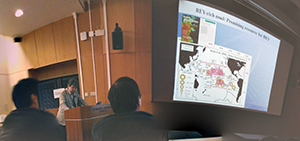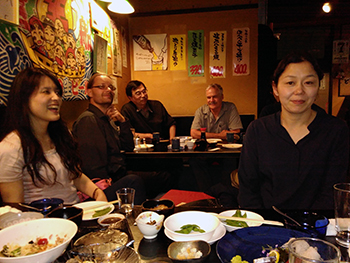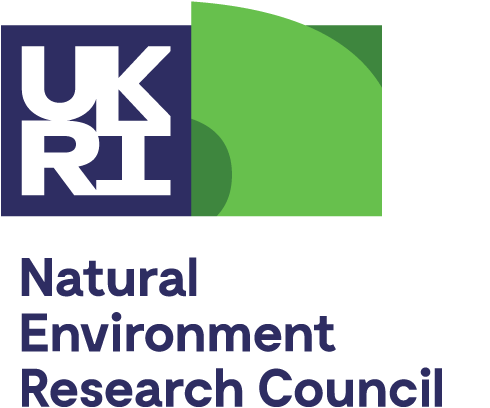Rare Earths 2016
Rare Earths 2016 was held from 5-10 June, 2016 in Sapporo, Hokkaido, Japan, organised by the Rare Earths Society of Japan. Scientists from across the whole range of rare earth applications as well as research on raw materials and recycling came together for the five day conference. The event was thus an excellent opportunity to learn about developments of the latest applications of REE. The opening plenary lecture by Jean-Claude Bünzli, Swiss Federal Institute of Technology on 'The Role of Light in Rare Earth Science' included an overview of REE uses, from the first applications in gas lamps in 1891, mischmetal lighter flints in 1903 and red phosphors about 1910 to the fast-moving fields of current applications including catalysts, permanent magnets, lighting, lasers, fibre optic cables, cancer therapies, medical imaging and magnetic refrigeration, and of course numerous luminescence applications including biomarkers in medicine and biology research and anti-forgery devices.

The geology section of the 'Earth Sciences, Resources and Recycling session' was convened by Ritsuro Miyawaki, National Museum of Nature and Science, and Mihoko Hoshino of AIST. I started the session with a keynote talk on the controls on light and heavy rare earths in carbonatites, featuring our recent work in SoS RARE WP1. Other talks in the session included a review of REE resources in the Scandinavian Shield by Laura Lauri (GTK) and REE resources in the USA by Philip Verplanck (USGS). Jindrich Kynicky showed fascinating calcite fluorite textures interpreted as exsolution in the Lugin Gol REE-rich carbonatite, Mongolia. There was an update on research on Pacific Ocean deep sea muds by Yasuhiro Kato who explained that interest is now centred on the Japanese Exclusive Economic Zone of Minami-Tori-shima. Kenzo Sanematsu of AIST reviewed ion adsorption REE deposits, pointing out that apart from Longnan, most deposits in China tend to be LREE-enriched and that the LREE/HREE ratio is controlled mainly by the protolith. Mihoko Hoshino of AIST, Japan reported a study of apatite from a wide range of localities as a potential source of heavy REE. Alain Rollat, recently retired from Solvay, considered whether alternative methods of separating REE are likely to take over from solvent exchange, and concluded - not yet. It was disappointing to learn later from Alain that Solvay have closed down phosphor recycling in France. Together with the closure of Mountain Pass, the REE supply situation is now very similar to 2010, except for the Mt Weld mine and the large amount of R and D carried out in the last five years. Various talks considered research on recycling of REE phosphors. The one that particularly caught my attention was a study by Tomoko Akai of AIST, in which the terbium phosphor is recycled in a form that can be reused directly rather than recovering Tb compound from which a new phosphor needs to be manufactured.

Amongst the exciting new applications for REE are fuel cells, cancer therapies in which the REE allow radiotherapy to be targeted exactly to the cancer on a micro scale, and various luminescence applications. I was a little disappointed to hear that magnetic refrigeration is still under development and some way still from being commercially viable. A prototype wine cooler was featured in the presentation, but alas, just as the room full of rare earth fans was thinking, 'it would be fun to own one of these', we were told that only one has ever been made.
Hokkaido University is on a very pleasant campus at the centre of Sapporo City. Food and hospitality were second to none. The conference banquet was held at the Sapporo Beer factory, and consisted of a Mongolian barbeque – including a vegetarian option! As overseas visiting speakers, we also benefited from excellent hospitality at dinners hosted by Yasushi Watanabe (Akita University) and Ritsuro Miyawaki and Tom Sato (Hokkaido University).
This conference is one of a series of three rare earths conferences that rotate around USA, Europe and the rest of the World. Next year's conference is the 28th Rare Earth Research Conference, 18-22 June 2017, at the Ames Lab, Iowa, USA then the 'f Elements' conference will be held in Europe in 2018.
Frances Wall, 4 July 2016





